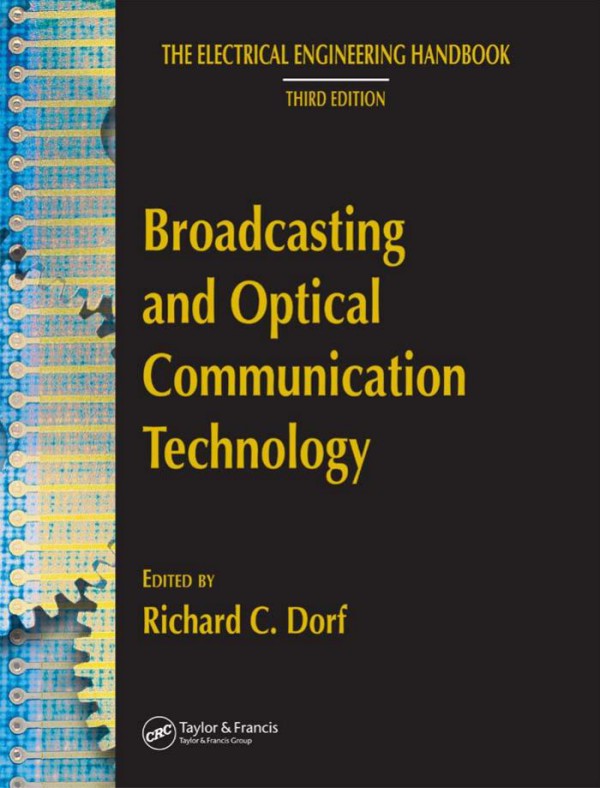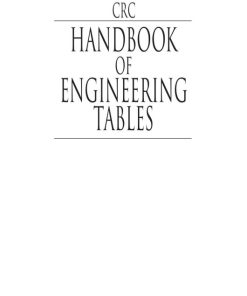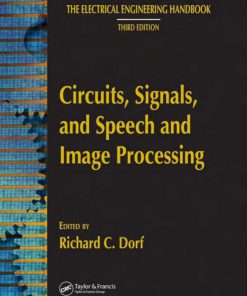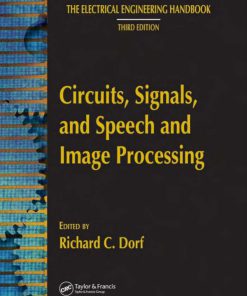Broadcasting and Optical Communication Technology 3rd edition by Richard Dorf ISBN 0849373387 978-0849373381
Original price was: $50.00.$25.00Current price is: $25.00.
Authors:Richard C. Dorf , Series:Electrical Engineering [35] , Tags:Technology & Engineering; Electrical; Science; Physics; Optics & Light , Author sort:Dorf, Richard C. , Ids:Google; 9781351838054 , Languages:Languages:eng , Published:Published:Dec 2017 , Publisher:CRC Press , Comments:Comments:In two editions spanning more than a decade, The Electrical Engineering Handbook stands as the definitive reference to the multidisciplinary field of electrical engineering. Our knowledge continues to grow, and so does the Handbook. For the third edition, it has been expanded into a set of six books carefully focused on a specialized area or field of study. Broadcasting and Optical Communication Technology represents a concise yet definitive collection of key concepts, models, and equations in the fields of broadcasting and optical communication, thoughtfully gathered for convenient access.Addressing the challenges involved in modern communications networks, Broadcasting and Optical Communication Technology explores communications, information theory, and devices, covering all the basic information needed for a thorough understanding of these areas. It also examines the emerging areas of adaptive estimation and optical communication, including lightwave technology, long-distance fiber optic communications, and photonic networks. Articles include defining terms, references, and sources of further information.Encompassing the work of the world’s foremost experts in their respective specialties, Broadcasting and Optical Communication Technology presents the latest developments, the broadest scope of coverage, and new material on mobile communications. It offers fast, convenient access to specialists in need of detailed reference on the job.













